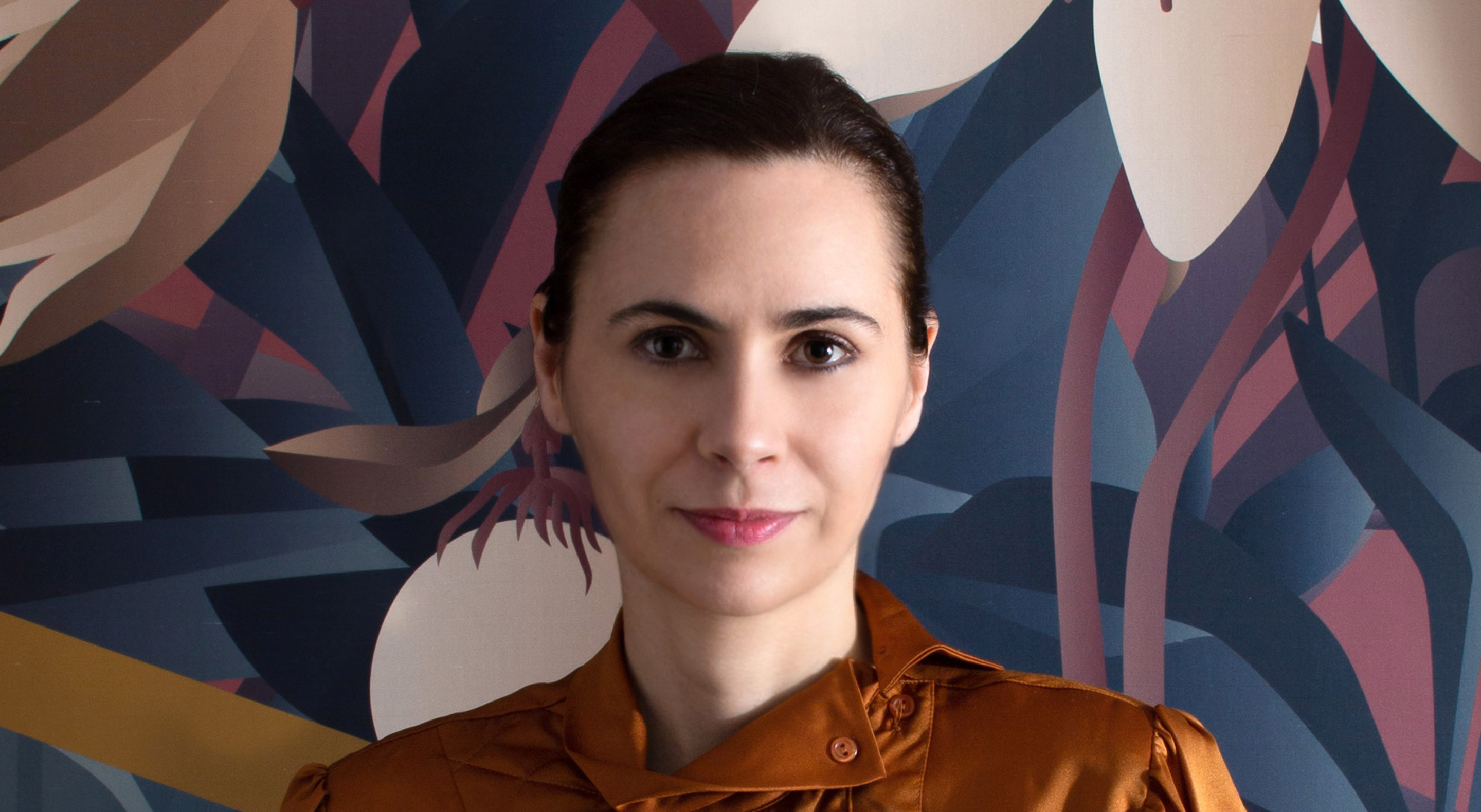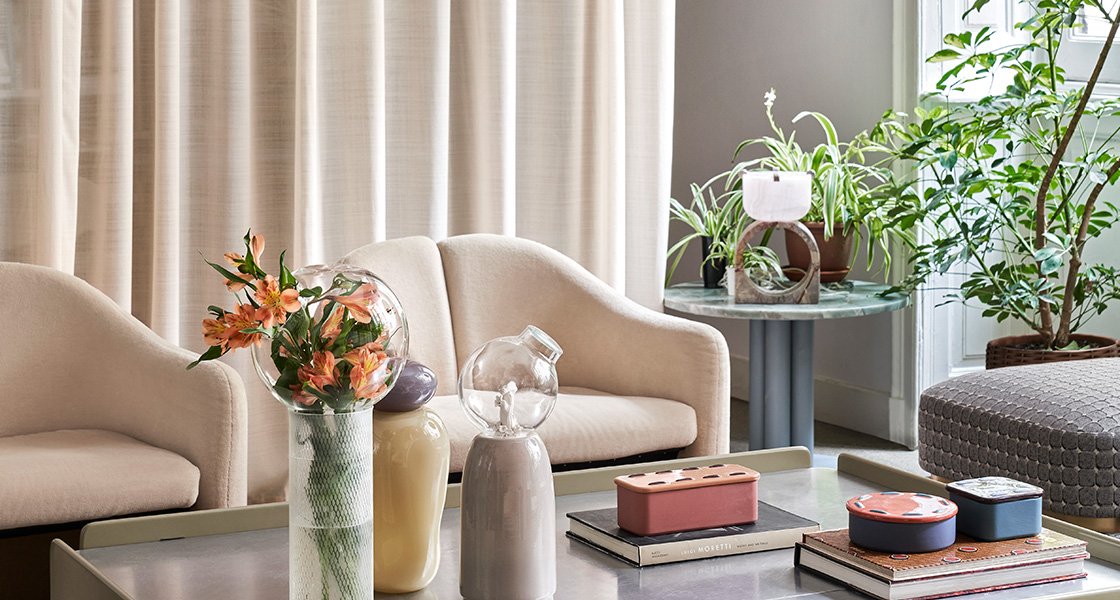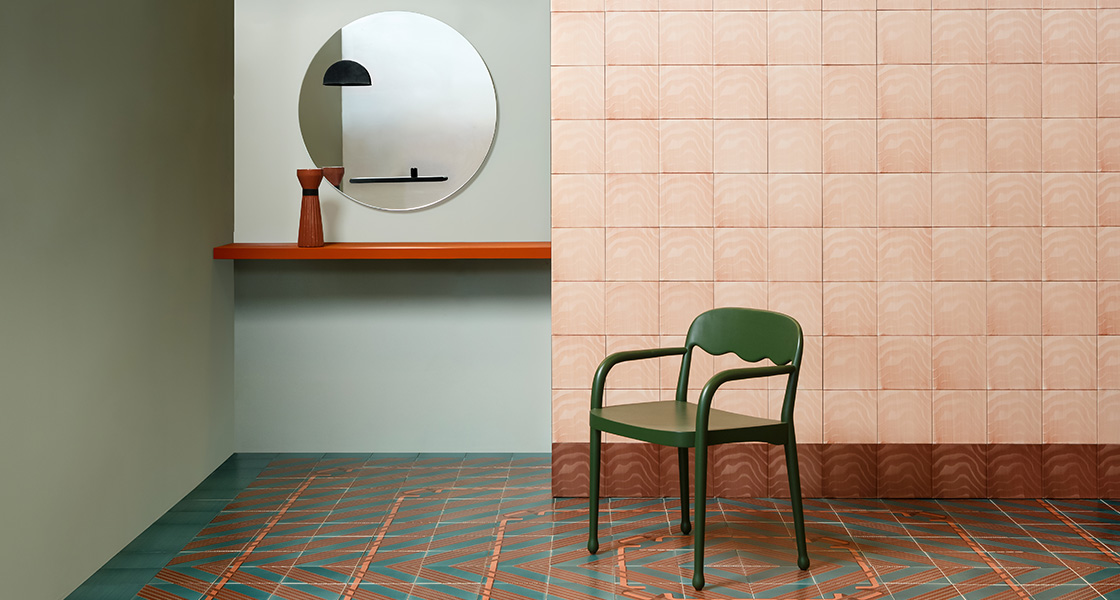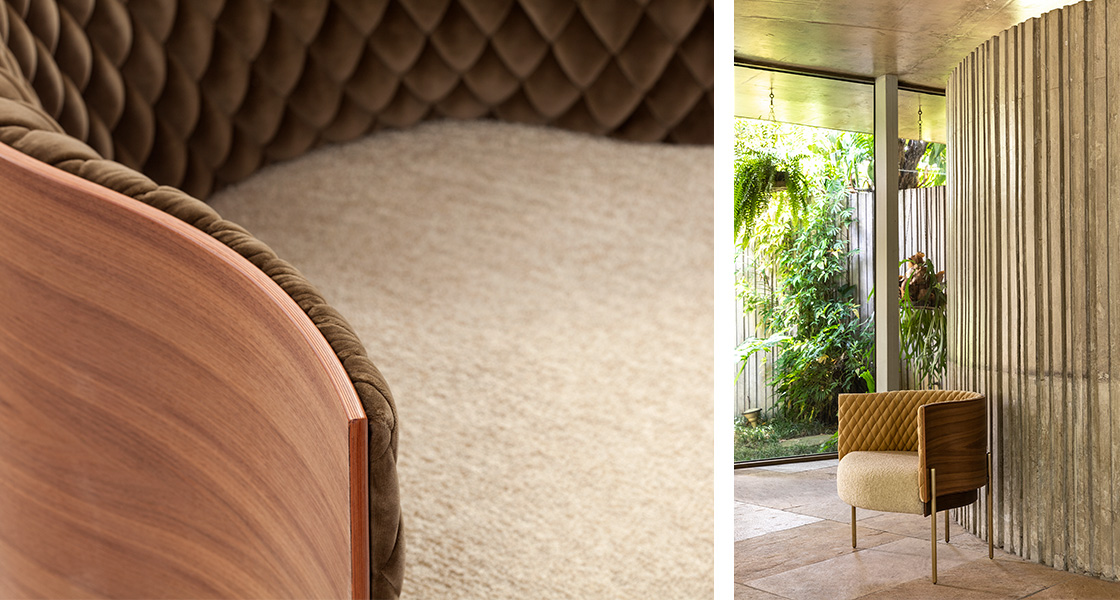Cristina Celestino - Designer of the Year
Published on 8 June 2022

At each edition, Maison&Objet names a Designer of the Year, celebrating the work of the most outstanding talents on the international design and decoration scene. Following on from Franklin Azzi’s eclectic architecture, the September 2022 edition is set to shine a light on the erudite sophistication of designer and interior designer Cristina Celestino, who is currently one of the Italian design world’s standout talents. This discrete designer, who exudes exquisite and dazzling creative flair, is set to throw open the doors of her “Palais Exotique” for the duration of the trade fair, momentarily whisking us off into another reality.
Cristina Celestino was born in Pordenone in 1980. After studying architecture at the University of Venice (IUAV), she started collaborating with various design studios in 2005 and focused her attentions on interior design and design, before founding the Attico Design brand in 2011 and opening her own studio in Milan in 2013. Today, the Cristina Celestino Studio focuses on exclusive projects, handling both the art direction and design work for private and corporate clients alike, ranging from the residential sector to hospitality.

Speaking of sociability and spending time in the company of others, you’ve designed lots of upholstered items such as sofas, love seats, couches and footstools
Sofas are one kind of product that I’m extremely comfortable designing and that I thoroughly enjoy exploring. They bring people together and provide somewhere to sit down for a chat. Plus, they can adopt so many different looks and feels that I’ve explored extensively in my work. For me, sofas are so much more than just a piece of furniture; they are increasingly multifunctional places where people can simply sit comfortably and enjoy a good chat, or where they can also work or relax.
Many of the pieces you design are based on reinterpretations of jewellery, which you often magnify and transform. Where does this approach stem from?
I consider pieces of jewellery to be objects that skilfully combine aesthetics with function and ergonomics. I also recognise their outstanding degree of meticulous detail that not only makes them pleasing to the eye, but also makes them incredibly interesting from a designer’s perspective. That’s why I've studied cufflinks, rings and earrings.
My brief for the Fendi Casa Back Home project involved revisiting its classic dark brown and camel striped pequin pattern. It was a very loose theme, so I started by delving into the Roman period in a nod to the brand’s roots. I then turned my attention to the Roman terrazzo, the gardens and the way materials were traditionally used in Rome. The cufflink theme was part of this research into decorative elements. I enlarged the cufflink fixings and turned them into a counterweight to balance a lamp, and I also created mirrors that played on the theme of doubles, joined by a chain that itself echoed the detail found in pieces of jewellery. I also used the butterfly back of an earring as inspiration for some little tables, although the first time I’d used it was actually for some sofas. The large screw on the back was initially intended to anchor the cushion to the sofa seat, but it ended up also becoming a decorative feature.

You have a well-established relationship with the world of fashion, and as well as working for Fendi you have designed stores for Sergio Rossi. How do you perceive the balance between art, fashion and design?
I’m extremely familiar with the fashion world and I’m aware of all the hard work and research that goes into a seemingly frivolous and fleeting product. It’s extremely meticulous work, that involves researching and prototyping, so it’s not really any different to the world of design.
Many couture houses have longstanding traditions and substantial archives. As a designer, I often find it easier to work with fashion houses that have a long history on which I can draw than with design firms, even when they give me carte blanche, because I can’t tap into their roots to truly imbue the product with meaning. I prefer being able to base my work on existing archives and specific style codes, the very foundations that underpin the fashion world’s ability to relentlessly innovate in the most exceptional way.
After spending a long time getting to grips with the brand and everything that surrounds it, I’m left with a set of core references, such as the way in which materials are processed, for example, which makes it much easier to get started on a design. The designer’s skill lies in interpreting all these core ideas and then turning them into a vision that is related to the product’s design. It is a time-consuming process, but one that I find extremely enriching.

What is your relationship with the past?
I have a degree in architecture, and since university I’ve always loved architectural history and urban planning. I think it’s vital to peel back the different layers; to help interpret the present by linking it to everything that has gone before; to visit places and capture them on film, revisiting them time and again in order to truly grasp their meaning.
I first discovered design via the interiors created by some of the world’s leading architects, ranging from Adolf Loos to Carlo Scarpa. I have always been totally fascinated by attention to detail, bespoke design, and projects whose scope starts at the urban level and filters down to designing details and even furnishings.
After graduating in architecture, I decided to start teaching myself the basics of design, dipping into books and monographs in order to broaden my knowledge. That sparked a desire to own historical pieces myself so I could experiment with them to understand how they worked, gain an insight into how they interacted with other pieces and how different materials had been used. That was why I started putting together my own collections, picking up pieces from local flea markets, online or at auctions.
Your work is not nostalgic, but you are a big fan of history. What is your research and design method?
Historical themes often underpin my collections. The work I do for Fornace Brioni, for example, draws on history through the prism of the local surroundings. The firm is based near Mantua, and I initially gleaned my inspiration from the geometric shapes and colours of the Italian-style garden, before proceeding to take my cues from the natural elements that feature in the Palazzo del Te grotto, followed by the Lombardy region’s baroque-style architecture and the Bibiena brothers’ churches. I then further extended my use of perspectival illusion and pierce-work to echo Bernini and Borromini’s work, resulting in textures that revisit the graphic symbols of the Baroque period, imbuing the designs with an extreme sense of rigour.
For Cedit, on the other hand, my first point of reference was Carlo Scarpa’s use of Marmorino plaster, edged with black sheet metal, combined with Adolf Loos’s interiors and his highly distinctive use of marble. The designs used in some Milanese entrance halls, whose marble surfaces are meticulously divided into sections, served as another source of inspiration, as did Hermès scarves and their neat edging. These are all things that I mix up and use to different degrees. Maybe it’s precisely because I didn’t study design that I never hesitate to draw inspiration from the past when embarking on a new project.

What is it that fascinates you about French history and aesthetics?
When it comes to France, I’m fascinated by the patisseries, of course, but also by Le Corbusier, whose Petit Cabanon and Maison La Roche I absolutely adore. And then there’s Paris, of course, with its powerful monuments and its Haussmannian buildings, which I like to explore because they offer so much inspiration in terms of how surfaces and materials can be used. I once stumbled across an incredible dressed stone building perforated with tiny holes that I still remember to this day!
“Palais Exotique”
“The project designed for the upcoming edition of Maison&Objet was born out of a desire for temporary immersion into another reality, where the exotic beauty, the love for decoration, the passion for colors and the urge to create scenarios in connection with nature are punctual.
Opening windows on other worlds, creating bridges between past and present, gift the audience with a reinterpetation of topics like ‘watching’, ‘conversating‘ and ‘sharing’ as part of a choral approach. On this ground, the decorative and architectural project becomes the mean to convey the senses.”
